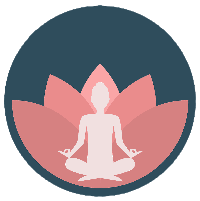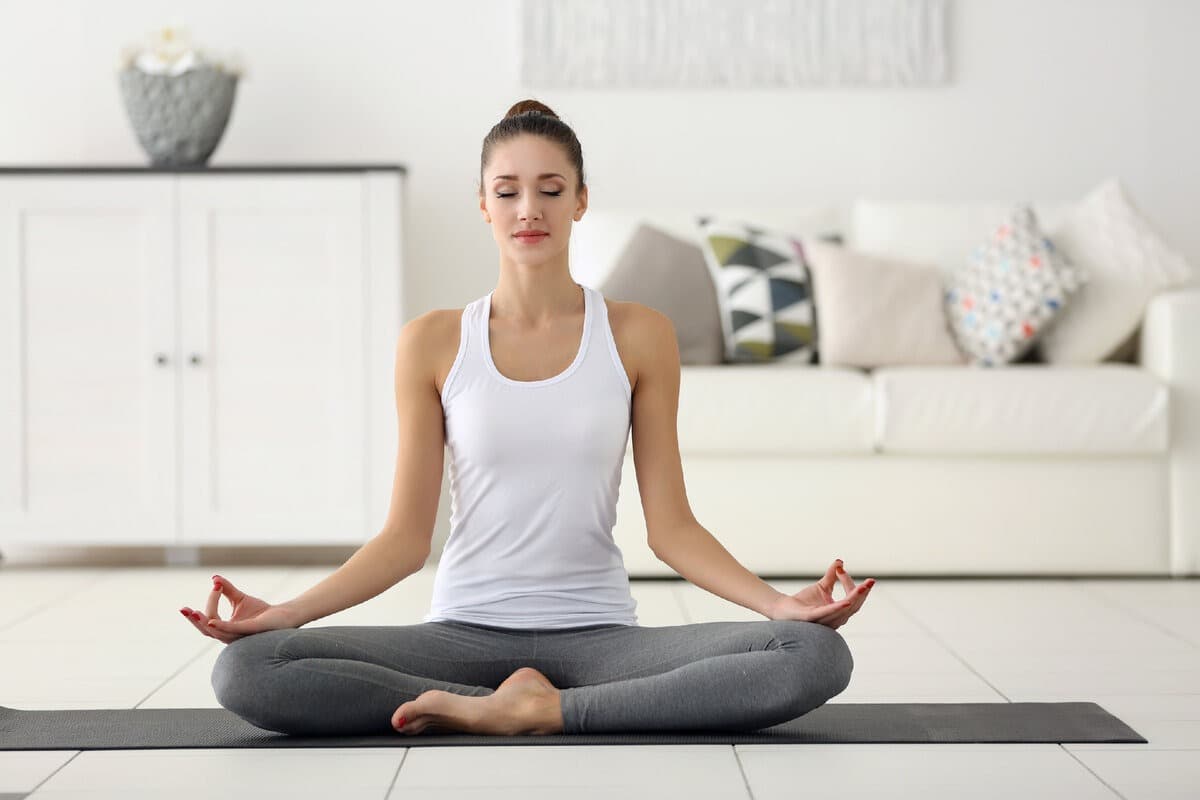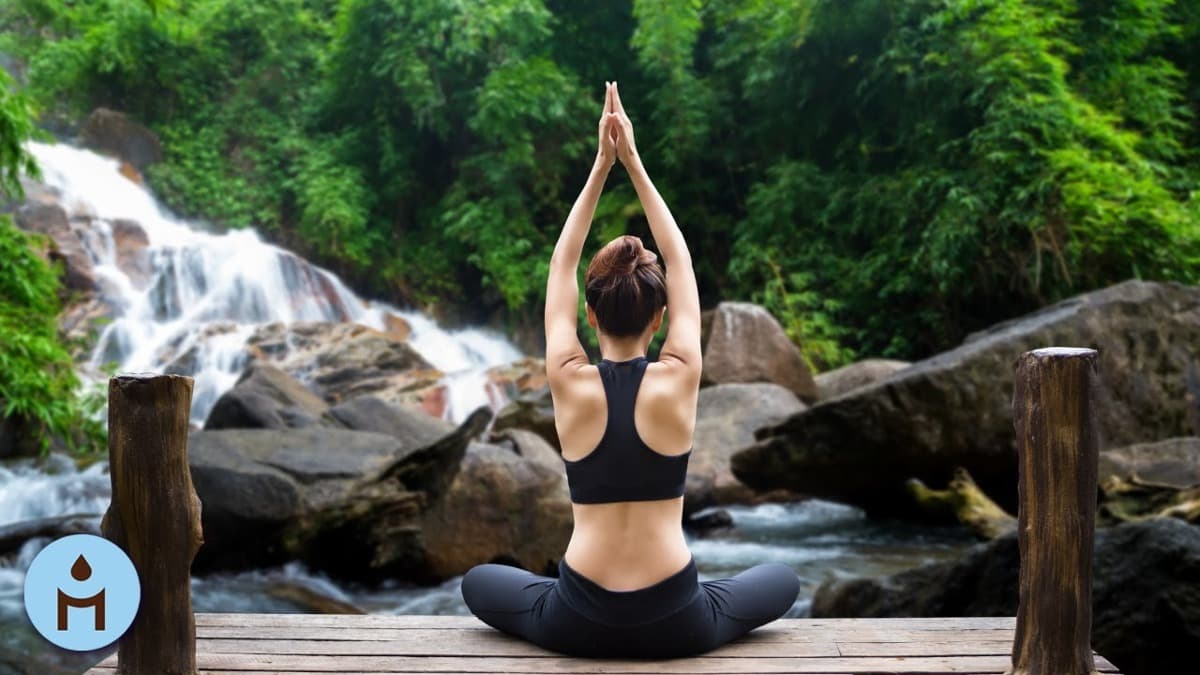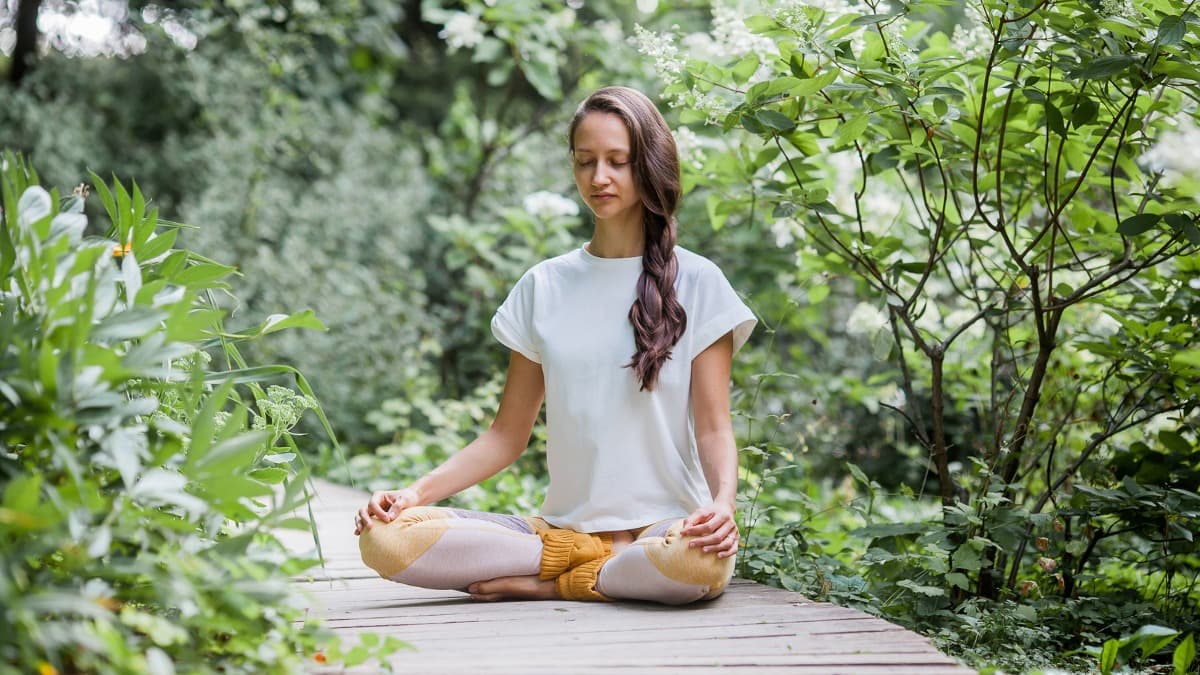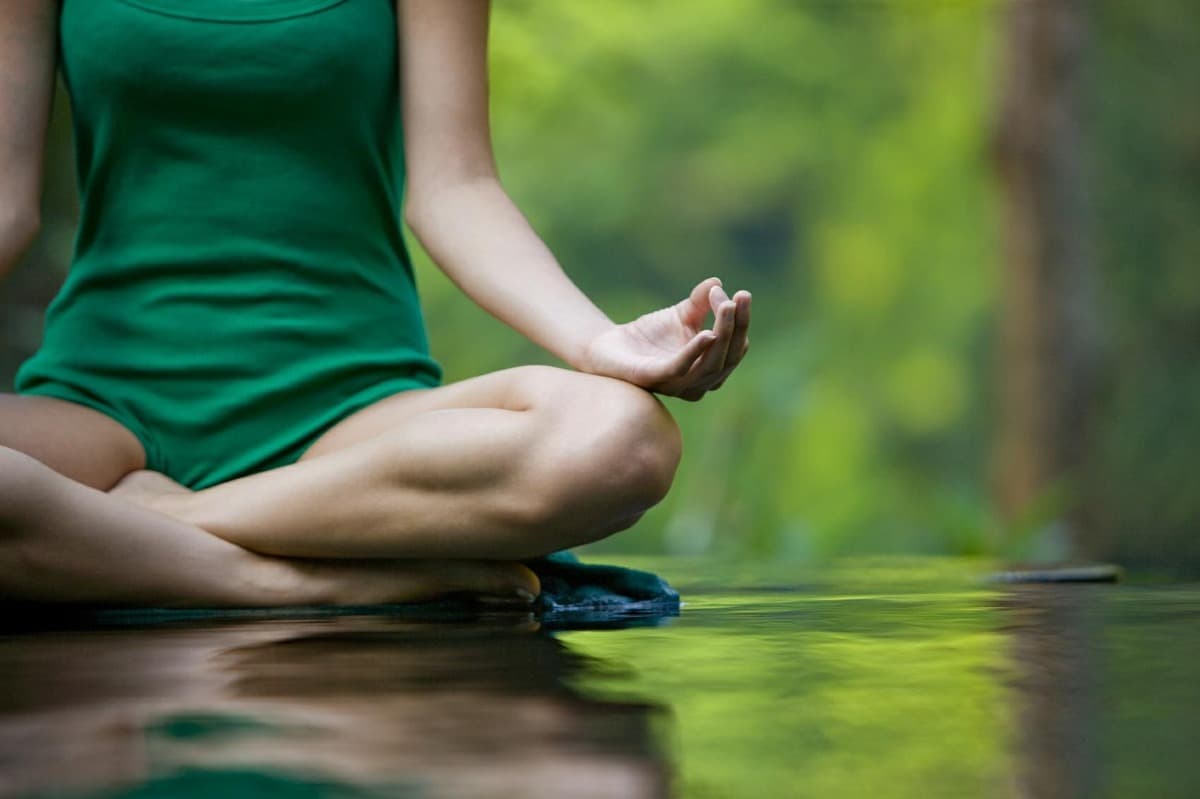Advantages
If you choose imagery, visualize your favorite spot in nature with your eyes closed, or gaze upon an object placed in front of you: a lighted candle, a flower, or a picture of your favorite deity.
Using the breath as a point of focus is yet another possibility. You can do this by actually counting the breaths as you would in pranayama practice. Ultimately, however, meditating on the breath just means purely observing the breath as it is, without changing it in any way. In this instance, the breath becomes the sole object of your meditation. You observe every nuance of the breath and each sensation it produces: how it moves in your abdomen and torso, how it feels as it moves in and out of your nose, its quality, its temperature, and so on. Though you are fully aware of all these details, you don’t dwell on them or judge them in any way; you remain detached from what you’re observing. What you discover is neither good nor bad; you simply allow yourself to be with the breath from moment to moment.
Breath observance is the predominant technique used by practitioners of vipassana, commonly referred to as “insight” or “mindfulness” meditation. Popularized by such renowned teachers such as Thich Nhat Hanh, Jack Kornfield, and Jon Kabat-Zinn, this is a form a Buddhist practice. The word vipassana, which literally means “to see clearly” or “look deeply,” is also interpreted to mean “the place where the heart dwells,” and reflects the premise that thought arises out of our hearts.

